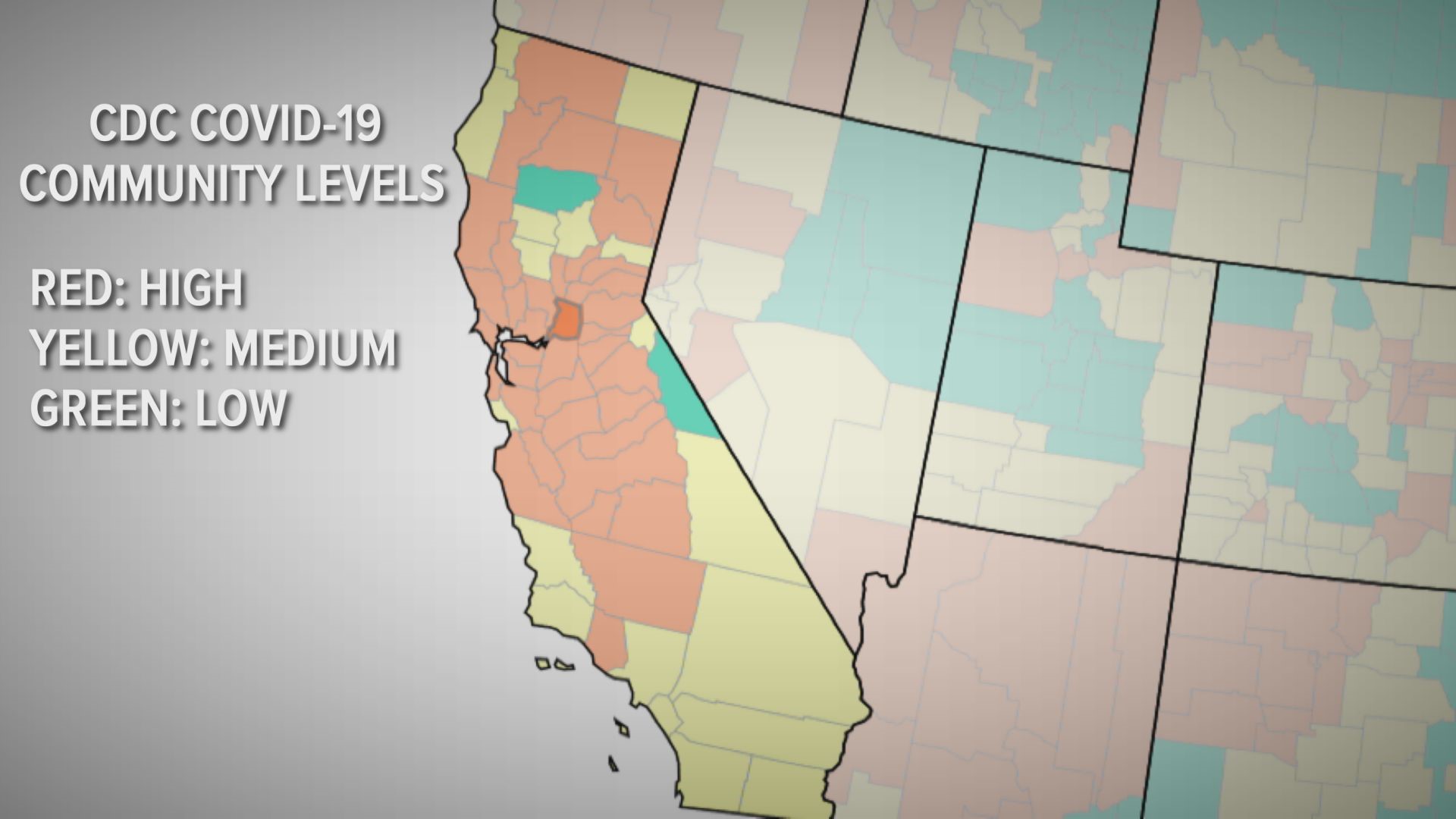CALIFORNIA, USA — This story was originally published by CalMatters.
Racial and economic health disparities exposed by the pandemic have factored into a widening gap in Californians’ life expectancies, according to a study published today in the Journal of the American Medical Association.
Researchers found that between 2019 and 2021, the life expectancy for Latino Californians fell by almost six years — from 82.5 years to 76.8. That plunge is twice the average decline of about three years for all Californians and three times more than the decrease for white Californians of close to two years.
Prior to the pandemic, white Californians had a lower life expectancy than Latinos of 80.5 years. In 2021 the expected life span of whites had decreased to 78.6 years.
Life expectancy is a hypothetical measure of how long those born in a specific year will live based on that year’s mortality rates. It is not a measure of actual life spans, but researchers use it to understand loss of life within various populations, according to the California Policy Lab.
It decreased by nearly four years for Black Californians, from 74.8 years to 71, and by three years for Asian Californians, from 86.6 years to 83.5, the study says.
“Our findings are another troubling sign of how the pandemic’s impact was not felt evenly across all communities,” said Till von Wachter, a UCLA economics professor and California Policy Lab faculty director who is one of the report’s co-authors.
Increased risks of exposure
The researchers wrote that the disproportionately large decreases in life expectancy among Latino and Black populations reflect their greater exposure to COVID-19 infection, reflected in higher hospitalization and death rates.
Latino and Black people were more likely to work frontline jobs and rely on transportation and housing that increased the risks of exposure, researchers said, and they were more likely to encounter barriers to healthcare. They also were likely to have medical conditions and socioeconomic challenges that jeopardized their health.
The study also showed a life expectancy gap increased between the rich and the poor.
Before the pandemic, researchers found, residents in the state’s poorest 1% of census tracts could be expected to live to nearly 76 years, about 11.5 fewer years than those in the richest 1% of tracts. In 2021 that gap grew to 15.5 fewer years of life.
Disparities in life expectancy by neighborhood and income have been well-documented nationwide. The researchers of the new study believe it is the first study to find this gap worsened during the pandemic.
State data show Latinos experiencing COVID cases and deaths at a rate far exceeding their 38% share of the population. Latinos made up 46% of COVID cases and 43% of deaths overall, according to the state’s COVID dashboard.
Black people, who make up 6% of the population, accounted for 5% of cases but 7% of deaths.
Setting priorities
The researchers did not offer policy recommendations but noted that they studied life expectancy based on incomes of neighborhoods. Household and geographic factors, such as local job opportunities, the quality of schools and environmental conditions, shape health disparities, they said.
“Documenting area-based health disparities can help inform policy development and set priorities for targeting resources and investments to marginalized communities,” they wrote.
Gov. Gavin Newsom and state lawmakers recently passed a major expansion of the state’s health safety net, budgeting funds to open Medi-Cal coverage to all income-eligible undocumented immigrants regardless of age. Past expansions included immigrants who were young adults or older than 55.
CALmatters.org is a nonprofit, nonpartisan media venture explaining California policies and politics.
Watch more from ABC10: First LGBTQ senior-focused affordable housing complex launches in Sacramento



















